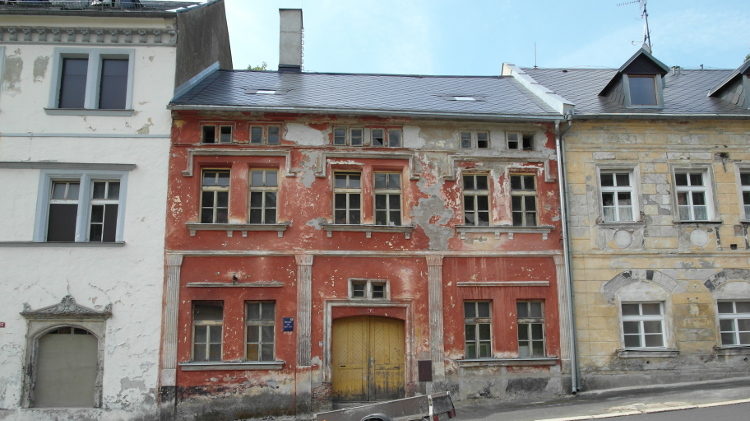Nellie Cashman said that while working as an elevator operator in Washington, she was urged by future U.S. President Ulysses S. Grant to go west in search of gold. Wikimedia
Women have long struggled to establish themselves in the mining industry. They are absent from most history books and were officially banned from mining in 1915 by the United States National Bureau of Mines, but have been an essential part of mining in North America over the past several centuries. Many women were prospectors in the California and Klondike gold rushes in the mid- to late 1800s and in Nevada’s early 1900s mining boom. In their work, female prospectors were beset by widespread prejudice, male prospectors who thieved their claims and difficulty selling the claims they did keep. Still they persevered to claim their own territory in the industry.
According to historians, sources on women prospectors are scarce, in part because they were largely working class and therefore unlikely to write diaries or letters. Moreover, because most were childless their stories were not passed down. The main sources on women prospectors are mining camp newspapers, which were less focused on their achievements and more on their clothes or unconventionality – whether they wore pants or seemed too showy.
In a rare acknowledgement of women’s contribution to the industry, Sunset Magazine – an on-board magazine for a train route to San Francisco – wrote in 1906 that the female prospector “tramps over the desert in a most business-like way, and handles a prospector’s hammer as skilfully as her Eastern sisters would handle a fan.”
The most celebrated female prospector was Nellie Cashman. Born to a poor Catholic family in Ireland in 1845, her family immigrated to the United States during the potato famine. She overheard tales of the West while working as an elevator operator in a hotel in Washington, D.C. According to her own account, one passenger was Civil War general and future U.S. President Ulysses S. Grant, who urged her to go.
After arriving in California in 1865, Cashman’s gold fever took her to Nevada, Arizona, New Mexico, British Columbia, Yukon Territory, and Alaska. Known for her entrepreneurial flair, she worked as a cook and later ran restaurants and boarding houses in many of the mining towns she prospected in. Accounts note she had impeccable timing, often being one of the first to arrive at a camp and leaving just as it began to decline.
Related: Viola MacMillan, a prospector and well-respected mining financier, was PDAC's first female president and the first woman inducted into the Canadian Mining Hall of Fame
While Cashman’s piety, charity and philanthropy immortalized her as a “frontier angel,” contemporaries were less kind to other female prospectors, who were largely unmarried and did not conform to their traditional gender role. Many had also held ‘unseemly’ prior occupations in saloons and dance halls in mining towns. This was not coincidental; it was there that they heard and were inspired by clients’ tales of riches.
 |
|
Fanny Quigley at garden site on flank of Quigley Ridge, Alaska. Courtesy of Alaska Mining Hall of Fame Foundation, photo by Earl R. Pilgrim
|
Fannie Quigley was initially a dance hall girl in Dawson City. She became legendary as a cook, singlehandedly tracking, killing and cooking bears, moose and caribou for hungry miners. Nicknamed “Fannie the Hike” because of the distances she traipsed across the tundra with her kitchen gear and stove, she was famous for her flaky pie crusts. She quickly turned her attention to mining, staking her first claim over 150 kilometres east of Dawson in 1900. She walked out on her first husband for a strike in Alaska.
Also in Dawson at the turn of the century was Lillian Malcolm, a Broadway actress who, at age 30, set off to the Klondike to find gold. After her first foray into prospecting proved unsuccessful – several claims she staked were stolen from her by men – she decided to seek stable employment in Dawson. Her efforts failed and, beleaguered by money troubles, she joined the boom in Nevada. She relied on her acting abilities for extra cash, captivating desert miners with harrowing stories of her exploits in the north.
Once they struck gold, women prospectors had to work harder than men to sell claims to potential investors, given that they were banned from the male-only saloons where many deals were cinched. Moreover, they faced widespread prejudice about women’s ability to do business or understand mining.
In order to publicize their claims, women had to be inventive. Malcolm travelled as far as Pittsburgh to get businessmen to invest in her newly-formed company, “the Scotch Lassie Mining Company.” Nevada gold miner Frances Williams told financial backers that her mine was the legendary Lost Breyfogle Ledge, and convinced a respected historian to endorse it as such.
At a time when most women were relegated to domestic roles and motherhood was idealized, these contrarian women were extraordinary. Lillian Malcolm, however, was matter-of-fact about female prospectors, saying to a journalist in Nevada, “there is too much hypocrisy in the sexes… women can endure as much as a man.”





